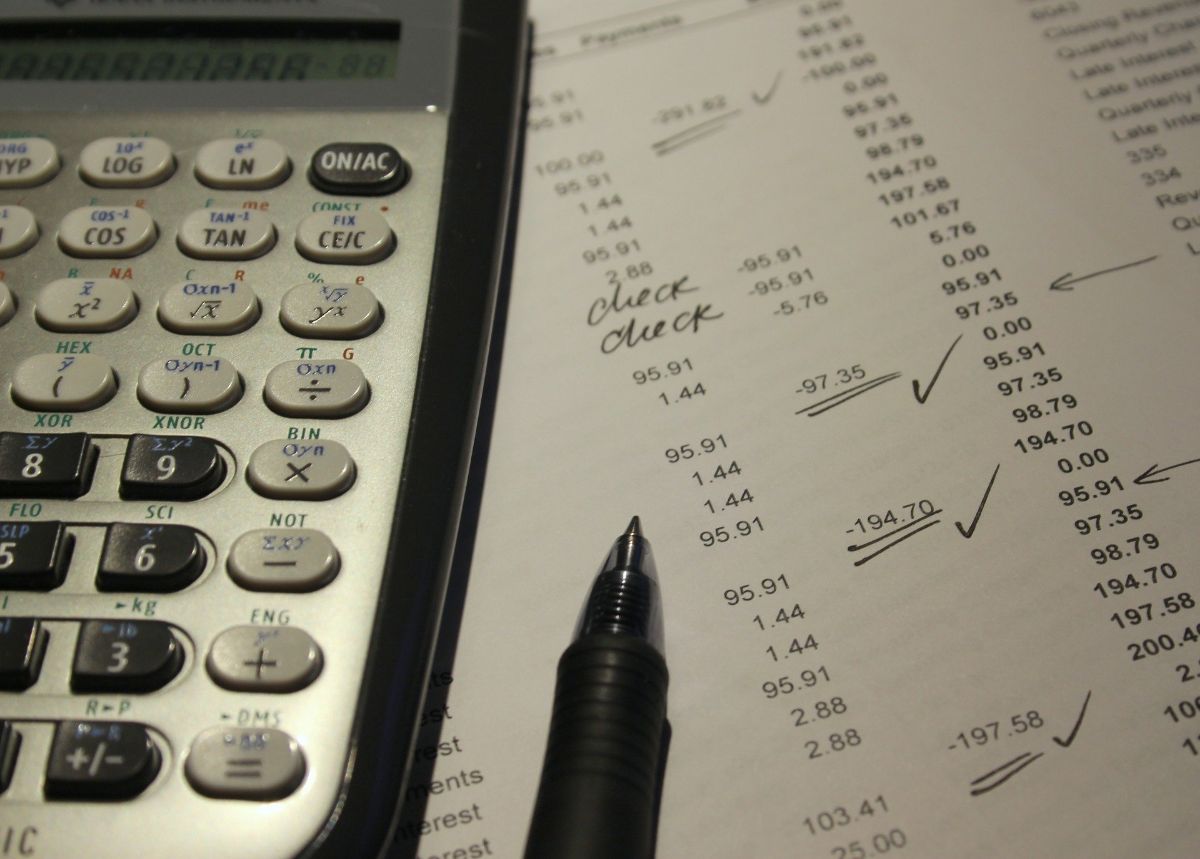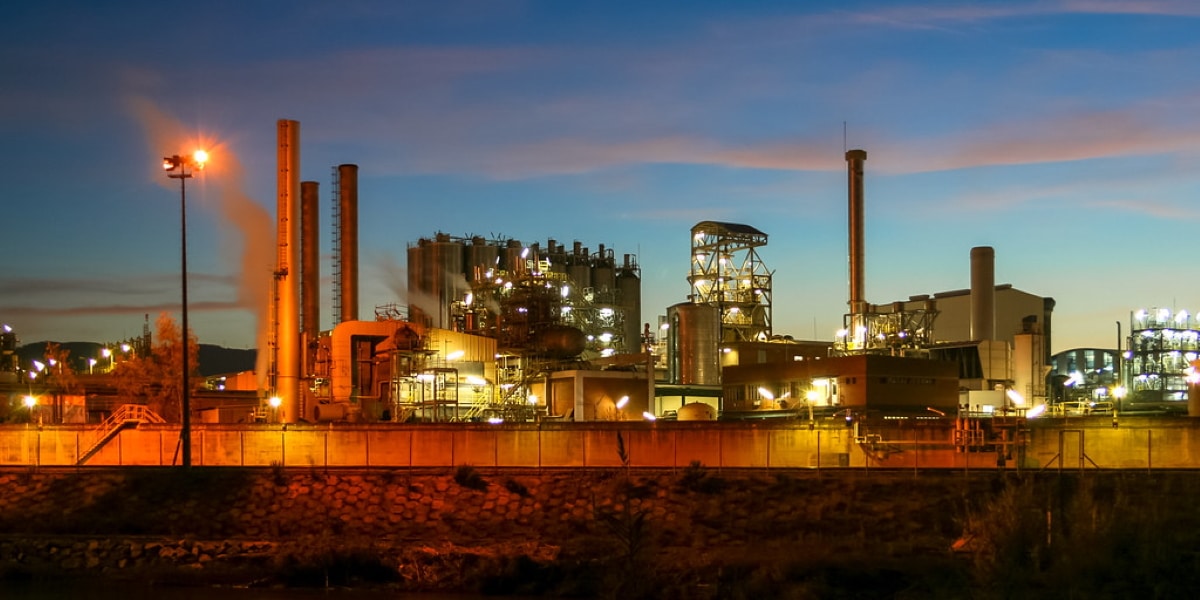
The tangible fixed assets are made up of all those productive parts of the company that are kept for a period of more than one year. Within it, different elements are integrated that will be used for more than one accounting exercise within the company. It is important not to confuse it with intangible assets, whose elements do not have a physical representation, that is, they cannot be touched.
Next we will see what the tangible fixed assets are and What characteristics do these elements have?. We will also see how each of them should be entered in the General Accounting Plan, and what place their entry occupies. Finally, how to write down the book value and how to deduct it from the period of time during which it performs its function.
What is tangible fixed assets?
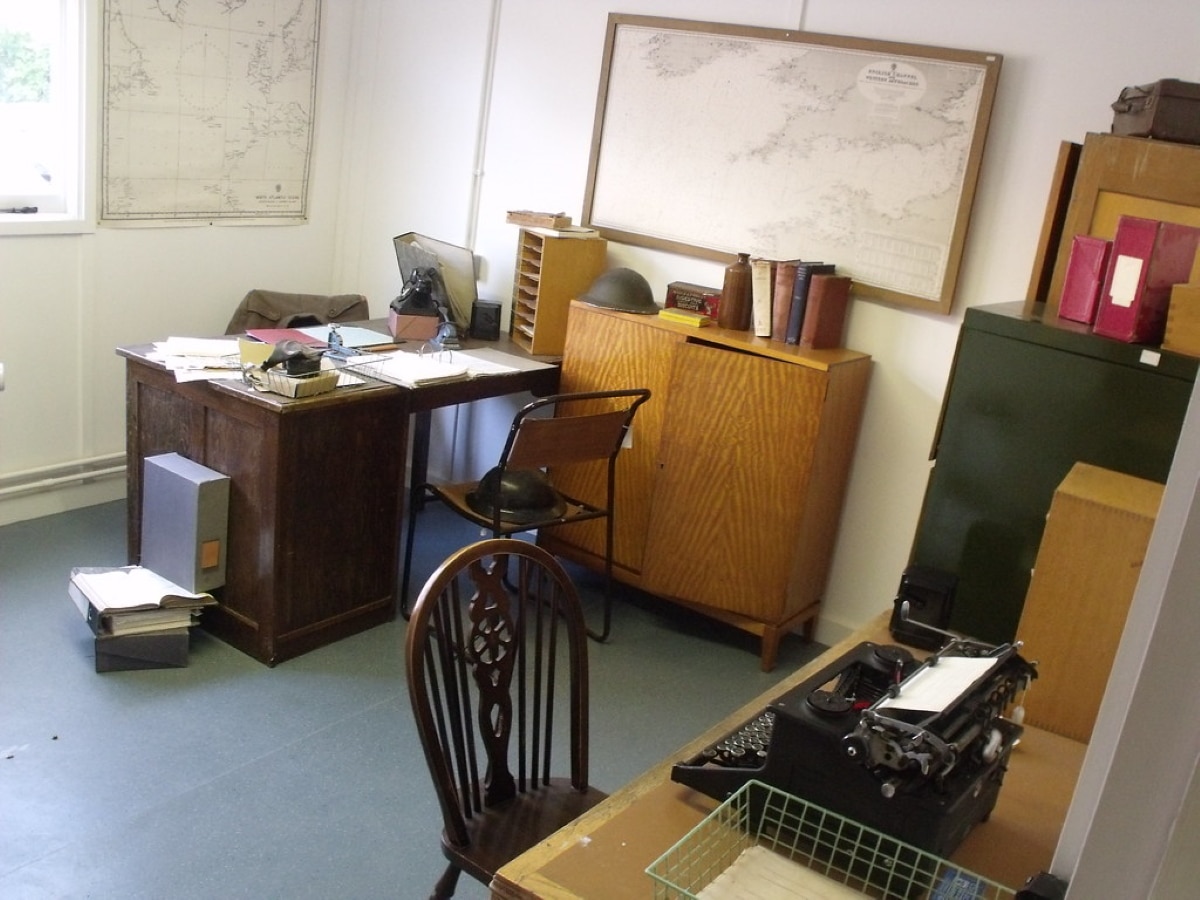
The tangible fixed assets are all those items used in a business to operate economically and whose durability is greater than one year, that is, greater than that of a financial year. Its sale is not planned, unless it is for this reason that at the end of the estimated period of its functions it can be sold on the second-hand market.
They are physical elements, not to be confused with intangible assets. Of course, the tangible fixed assets together with the tangible and financial fixed assets form the non-current assets in the balance sheet of a company.
Due to their characteristics, the elements that meet the following criteria are included:
- be a good An asset that forms part of the productive activity of goods and/or services within the company and is used for this purpose.
- Being physical. That is, it must be something that can be touched, that has a physical presence. This feature distinguishes it from intangible and financial assets.
- Required to run the activity. Such as machines, offices, land, industrial buildings. Elements that are necessary for the productive development of the company.
- Not planned for sale. Being a necessary part for the operation of the company. Another thing is its sale in case the asset is obsolete, or other cases such as transfers, renovation, etc.
- Stay more than 1 year. That the tangible fixed assets provide the necessary functions for at least 1 year. If your service is less than a year, such as printer ink or raw materials in manufacturing, then we would be talking about current assets.
General Accounting Plan for Property, Plant and Equipment
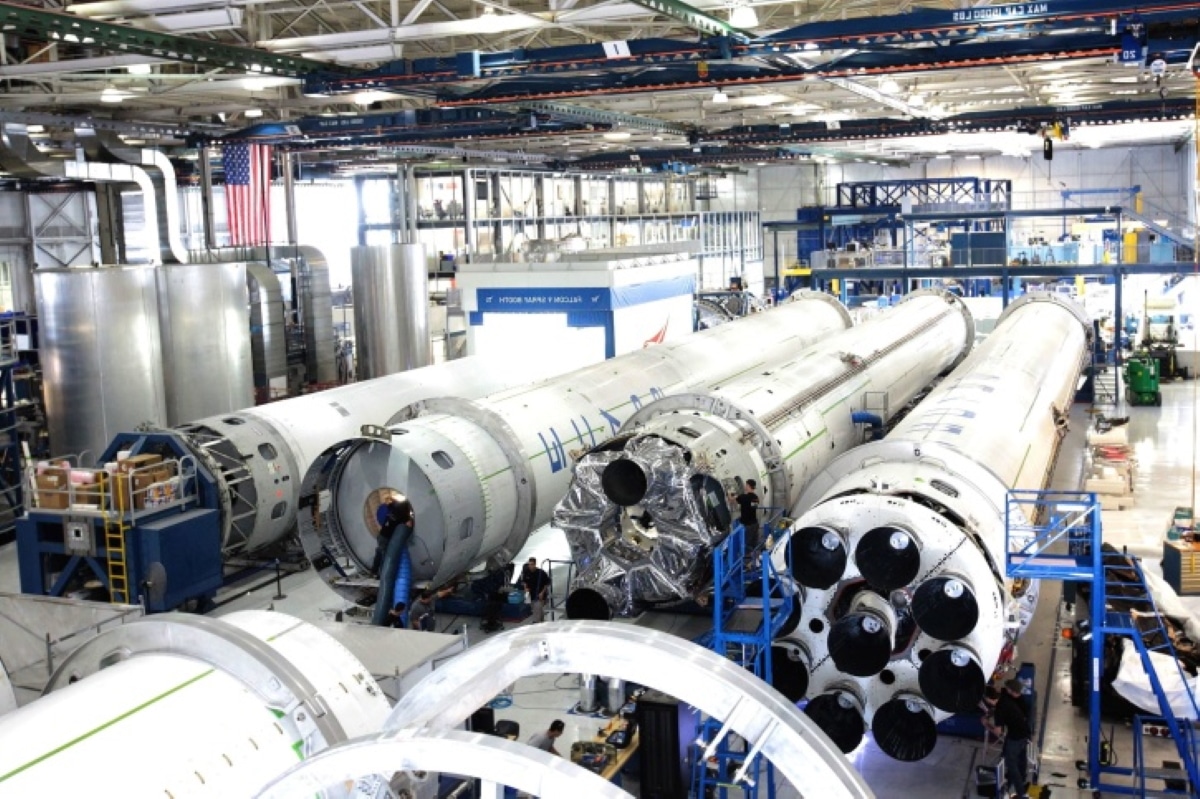
The General Accounting Plan regulates how they should be valued, how they are accounted for and how their acquisition is computed as an expense. In addition, it includes in the table of accounts the group (21) where all the parties that are property, plant and equipment appear. These accounts serve us to make an enumeration to know which parts make up this type of fixed assets.
- Land and natural assets (210). Solar urban nature, rustic farms, other non-urban land, mines and quarries.
- Constructions (211). All buildings in general that are used for productive activity. Floors, warehouses and premises.
- Technical installations (212). Groups of goods of a different nature (property, machinery, parts material) that form a specialized production unit and are made up of separable elements.
- Machinery (213). The capital goods that are used for the manufacture or extraction of the products. Internal transport equipment is also included.
- Tooling (214). Tools that are used together or separately with machinery.
- Other facilities (215). They are different elements and definitively linked to the production process that cannot be included in point 212. Spare parts or spare parts for these facilities are also included.
- Furniture (216). Office supplies and equipment considered long-term.
- Equipment for information processes (217). Computers, electronic devices and their accessories.
- Transport elements (218). Vehicles owned by the company for transporting people, goods or others are included. Whether land, sea or air.
- Other tangible fixed assets (219). This includes the rest of the tangible fixed assets that cannot be included in the previous points. For example, packaging or spare parts whose cycle is greater than one year.
What book value does the property, plant and equipment have?
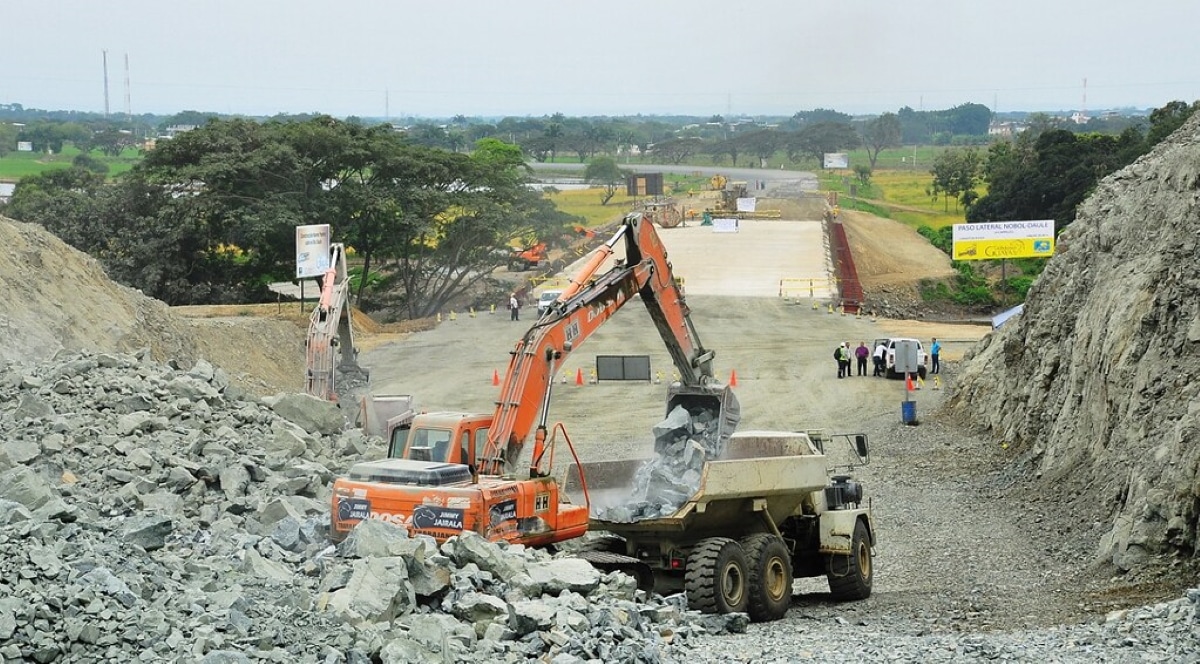
To assign the book value when registering the property, plant and equipment in accounting the general criterion of the PGC is used to allocate their acquisition or production cost. In case of having been acquired, the invoice, fees if any, purchase taxes and any expenses that may be added are those that must appear.
As the property, plant and equipment will remain for more than one financial year, your expense cannot be computed immediately. This expense corresponds to the entire period during which the element performs its function. In this way, a periodicity of expenditure will be carried out. In the same way, its depreciation and deterioration will be used to calculate its loss of value over time. Impairment may be applied as long as it can be shown that its book value is greater than the item's recoverable value. Since in case of sale, its value could not be recovered.
